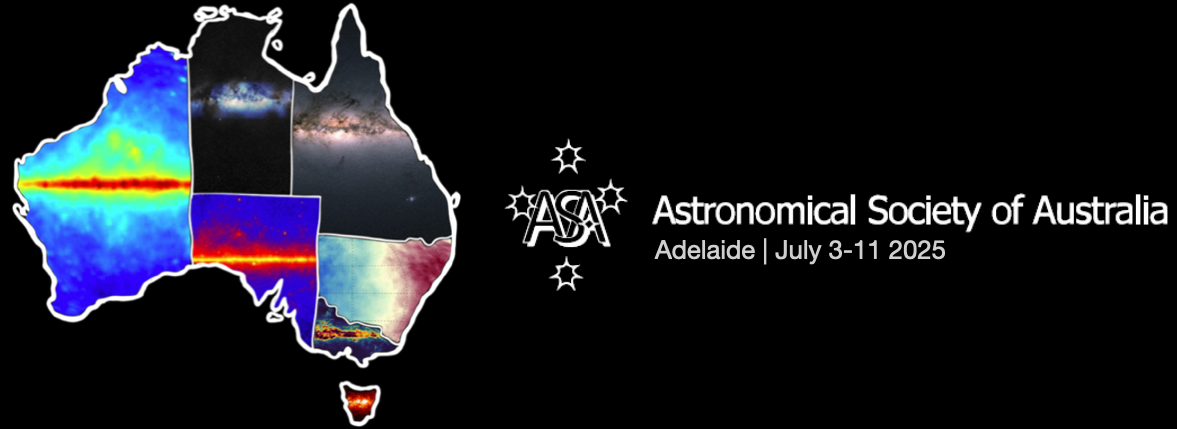Speaker
Description
The signal that is most sought after in pulsar timing array experiments is that of a stochastic gravitational wave background: the superposition of all nanohertz-frequency gravitational waves emitted in the observable Universe. Recently, a number of pulsar timing arrays have unveiled modest evidence of a spatially correlated signal. This signal, if correct, is thought to be representative of a background of gravitational waves from inspiralling supermassive black hole binaries. However, in order to make a definitive detection, it is necessary to observe pulsars over a longer timing baseline, monitor a larger ensemble of pulsars, time pulsars to higher precision, or all. Here, we introduce The MeerKAT Pulsar Timing Array. The array monitors a large number of pulsars (83), to high precision, and at the highest cadence of any extant pulsar timing array. While amongst the youngest of these experiments, the pulsar timing array has now completed its first two public data releases, and its first search for gravitational wave signals.
In this presentation, I provide an overview of pulsar timing array science, describe the process of analysing the highly sensitive data of the array, present the results of these initial searches, and speak to the future goals of the experiment as we approach the era of Square Kilometer Array Science.

